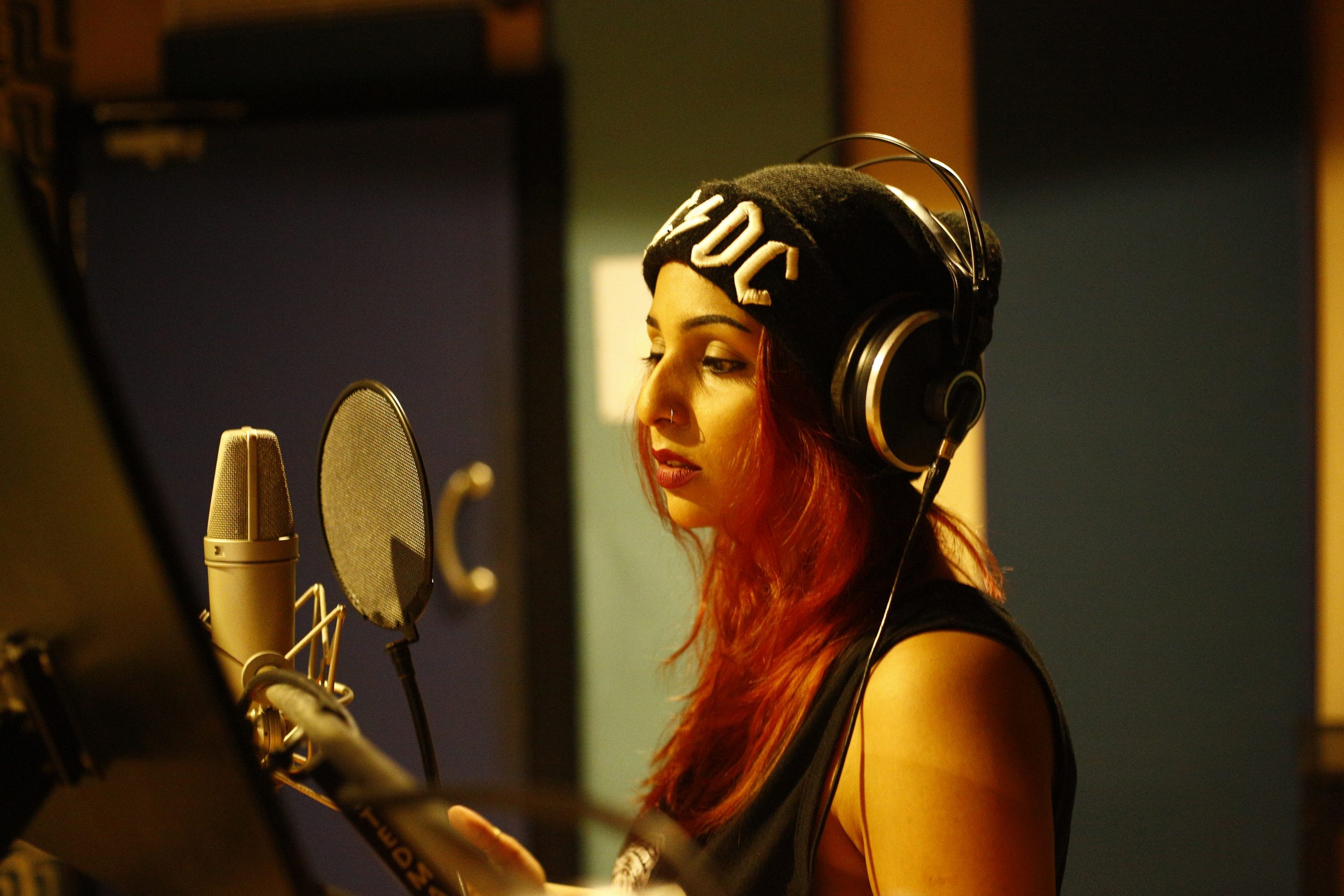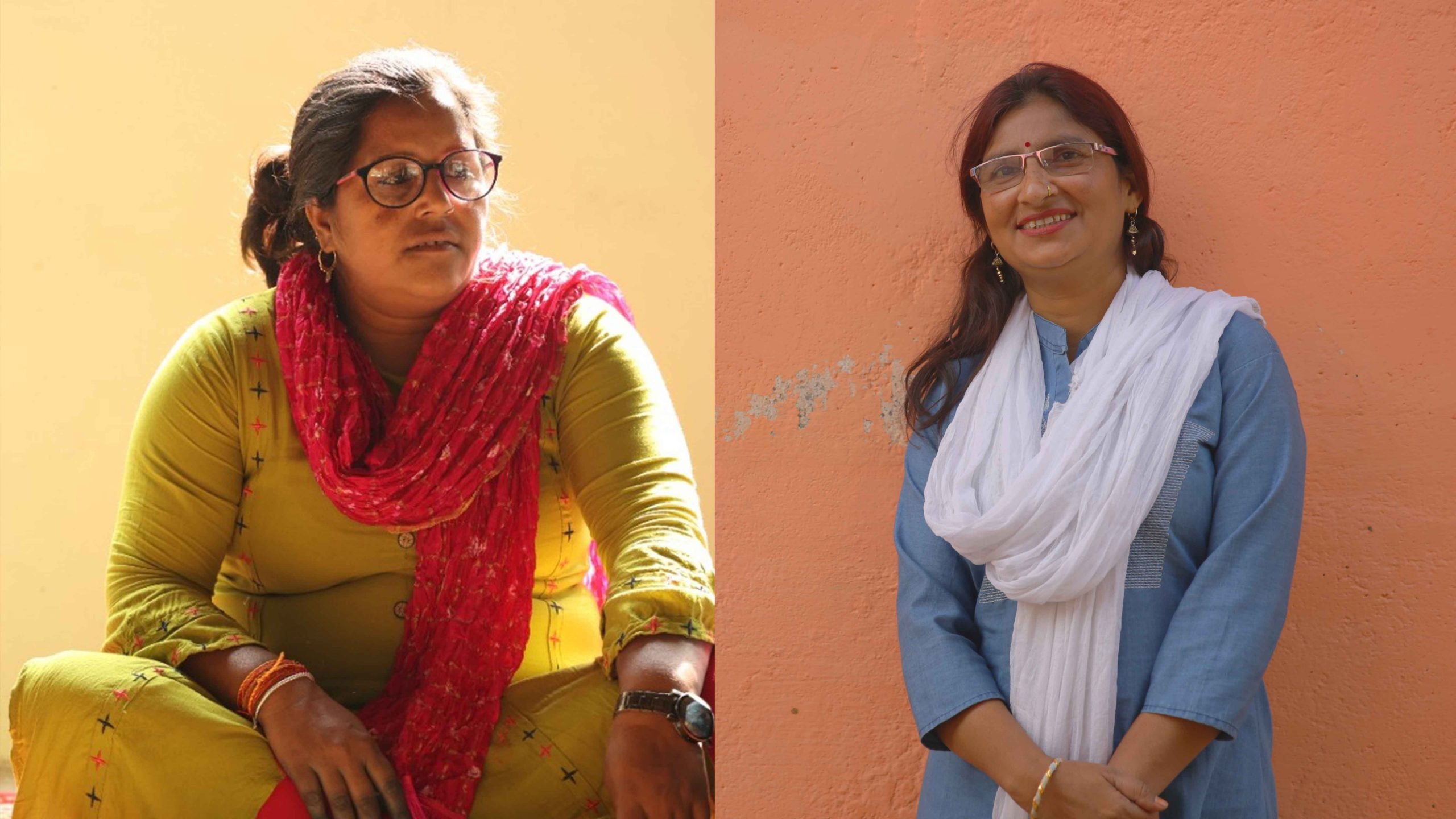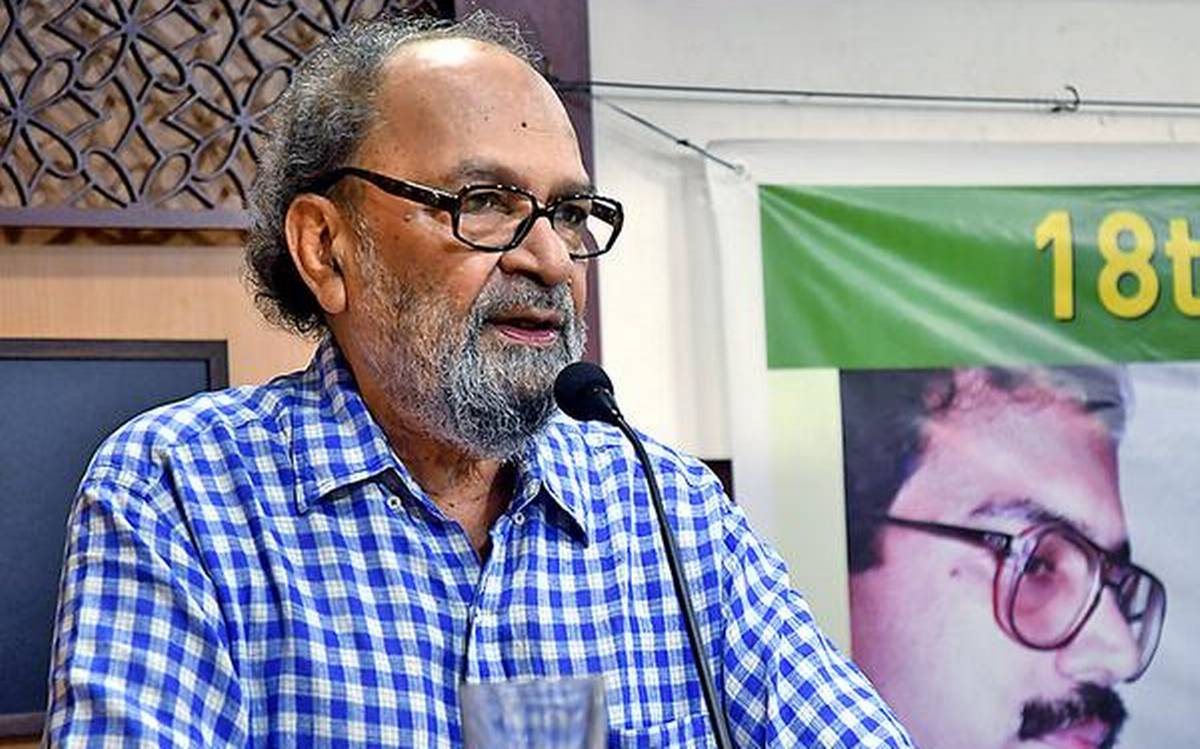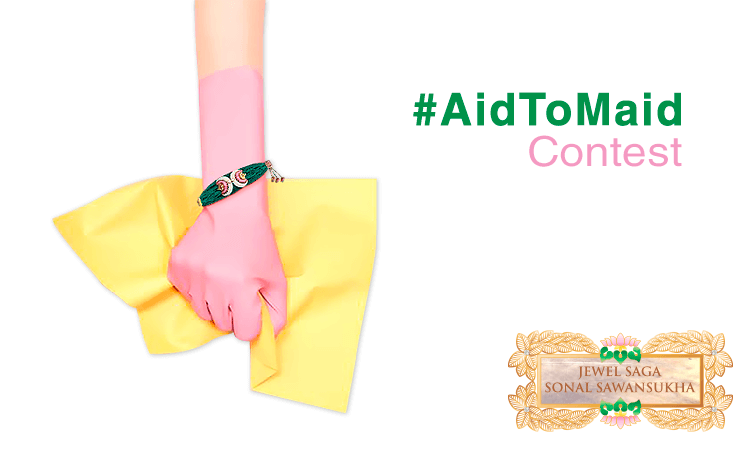Cynthia Stephen On Brahmanical Patriarchy & Creating A Separate Feminist Discourse For Marginalised Women
- IWB Post
- February 18, 2019

Be it our understanding of patriarchy or feminism in the country, we are all like those beasts from Animal Farm saying out loud, and metaphorically nailing it on walls whenever possible, that “All animals are equal but some animals are more equal than the others.”
The recent Twitter row on the Brahmanical patriarchy and the limited visibility of Dalit women in India’s #MeToo movement, both point at a lack of significant discourse and understanding of both in the country.
Michel Foucault wrote in his book Discipline and Punish, ”’Truth’ is to be understood as a system of ordered procedures for the production, regulation, distribution, circulation, and operation of statements. ‘Truth’ is linked in a circular relation with systems of power which produce and sustain it, and to effects of power which it induces and which extend it. A ‘regime’ of truth.”
Things look different from our cocoon of privilege and we are so lost in our Panopticism that it for us has become the ultimate truth. This is perhaps why it enrages us every time an attempt is made to break our bubble. We are so drunk on our self-created power hierarchy that it offends us each time it is questioned.
I am forced to believe that all of this comes from a very hedonistic sense of entitlement. Creating a hegemony that oppressive and sustaining it for ages entails that much right?
In a recent interaction that I had with Cynthia Stephen, she helped me understand the basic premises of Brahmanical patriarchy in the country and why there is a need to create a separate feminist discourse for the marginalised women.
Here are the extracts:
Let’s begin with the recent Twitter row on Brahmanical patriarchy. Don’t you think people’s reaction to it and Twitter’s consequent panic just affirmed that we are after all still dictated by class hierarchies and fearful of those on the top of the hegemony?
Yes, absolutely there are no two ways about it. But in a way, I am grateful that the controversy flared up. While people initially reacted by calling it hate speech, saying that it’s racist, it’s against Brahmins, it at least addressed the elephant in the room.
People hitherto did not even know that it existed as a theoretical concept and never looked at it as the way society was organised. The debate gave shape and form to what was never discussed before.
And how about Twitter’s apology? What’s your take on it?
Oh, it just shows how out of touch they are with ground realities. Honestly, it just reaffirms how perfectly clueless they are about the kind of societal impact they are creating, for better or worse.
The society evolves over time and so does its ideological constructs. If we look at the precepts of Brahmanical patriarchy in the same context, can we say that it has evolved over time and doesn’t function how it used to, say, thirty years ago? Let’s talk about its evolution.
There is this saying which goes like the more things change, the more they remain the same. I think it also applies to patriarchy and I have always said that it has this uncanny capacity to somehow still resist or overcome all the attempts to control it or suppress it.
Patriarchy is like water which takes the shape of the vessel in which it is contained and has a capacity to flow with whatever circumstances and still retains some kind of ascendancy. I would say that the same thing is true also of Brahmanical patriarchy in the Indian context specifically, and also in a context where power relations are linked closely to hierarchies and societal phenomena like racism, color consciousness, classism, etc.
The concept of intersectionality is very strong where Brahmanism and patriarchy are concerned. I think it continues to operate in different ways, it evolves as the society does and since it is in the DNA of Indian society, it becomes even more complex.
But now because of maybe things like reservation, higher education, etc., you will find that the people from the marginalized section also being more educated and coming up in society. There is a little bit of loosening in that regard but, on the other hand, what we are also seeing is violent instances like honor killings which were not there in the past. I’d say concepts like honor killing are more of a 21st-century phenomenon.
And does class act as a catalyst in the case? How does class affect the caste dynamics?
So if there is a very wealthy and well paced Muslim who wants to marry a wealthy Brahmin girl, it is not that big an issue, it never was. But common middle class and lower-middle-class individuals always have this consciousness of what will people say in the same context.
Is there a difference between the experience of being a Dalit in a rural area and being one in an urban area?
Dalit is not a homogenous community. They experience castecism differently, in different ways which is also based on their locations. If you are a Dalit living in a village, your dignity will constantly be challenged and every attempt to assert it will be suppressed violently. In the context of a city, where there is more education, that might not be the case but of course, there are other kinds of exclusion.
Let’s now talk about silencing the voices of Dalit women. What goes into it and how politicised is it?
To say that they are silenced or silent is not correct. It’s difficult to silence Dalit women’s voices, even after they die their bodies will speak. It is not the Dalit women who are silent, it is the society which is deaf to Dalit women. The problem is with society’s deafness to their realities, voices, and experiences. I want to call out this deafness and the non-responsiveness.
The Dalit woman doesn’t easily submit to any kind of oppression and violence is the only way of suppressing her. They are always the ones who scream and shout and make a noise and go to the police. Thus the only way to silence them is by killing them.
That says a lot about caste-based violence inflicted on Dalit women which again majority of the non-Dalit folks would like to deny from their position of privilege. Can we talk about how, just like Brahmanical patriarchy, it very much exists and impacts the marginalised women?
There is an organization in Madurai called Evidence which collects data on caste-based violence. As per one of its findings, 90 percent of the cases of Dalit women being killed are in the context of them demanding land rights. Like I said, no Dalit woman easily submits to any kind of oppression and violence is the only way of suppressing them.
Take the case of Haryana, for instance. In 2014-2015 there were a series of killings of Dalit girls who were all of adolescent age. They were being targeted because of a provision called Shamlat land, under which panchayat owned land was auctioned every year for purposes like grazing, etc.
However, in reality, what used to happen was that local Jat farmers would get their Dalit employees to bid on their behalf and then acquire the land and use it for their personal ends later. The Dalit community thus decided to come together and said that they will use the land for their own fodder. So they began to win the Panchayat land auctions and the Jats as a means to reiterate chose to systematically target the young girls who were in college and would often take public transport to go to schools and colleges.
This is something that hardly anyone in the country knows about and even if you try to talk about it in the media, no media carries it. In this context, I want to bring the media in. Media is abdicating its duty by not covering these stories in the full context.
This brings me to the rape culture which has been often employed to suppress the marginalised whenever they try to raise a voice. Don’t you think it says a lot about the hypocrisy of our society?
In my opinion, it is an aberration, a contradiction of sorts to call rape a “culture” when in reality it is the lack of it. Having said that, the idea of such punishments is based on Mausmriti’s framing of justice based on who the perpetrator is. As per its precepts, if a shudra commits even a minor crime, it has to be punished severely and even if a Brahmin commits a murder, the punishment remains rather mild. The idea that justice should be meted equally to everyone is at total variance with Manusmriti’s value frame.
That is the framework in which Brahminical patriarchy flourishes and up to this day, the manuscript’s idea remains intact in our culture. This explains why a large number of people in our jails are Dalits, Adivasis, and minorities.
Does this constant suppressing and othering of the marginalised somehow result in an in-group discord? Does it affect the internal dynamics of the community?
It is something that the community has to navigate and discuss within itself. I don’t want to take any public position on that. However, I would definitely say that often in the history texts we have read that colonialism flourished in India because of the Britishers’ “divide and rule” policy. Actually, the past masters were those who practiced Brahminism and here when I say Brahminism, I don’t say Brahmins per se but anyone who accepts the Manusmriti mindset of hierarchical delivery of justice and identity.
In order to improve the situation, is there a need to reclaim the Dalit identity or annihilate all the caste identities that exist?
It is not about annihilating whatever identity you have, it is about accepting your given identity. In our case, it may be all these years that caste has played a very strong role in our lives but we have to now write about that and we have to talk about the constitutional idea of equality and fraternity as it is only that idea which militates against inequality. We need to promote the attitude of accepting everyone as equal.
Is a sense of community going to help it? Do we need a community of people who inspire everyone else to think likewise?
Absolutely. There are some people who say jaati jodo and there are those who say jaati todo. I am saying, let’s take it to the next level, let’s not just talk about ending casteist practices, let’s work to bring people together.
Lastly, I’d like to discuss the idea of Dalit feminism with you. How has it evolved over the years and how is it different from mainstream feminism?
I have always problematised that term. I understand the value of feminism, I accept its basic premises. However, what feminism means to the margianalised communities is very different from how everyone else perceives it. Feminists in India have tended to take up issues which are real to their own life. For instance, they have been very active in areas like domestic violence and property laws and have also seen a lot of success which is something great but what about women who lack property? What kind of relevance does a property law hold for them?
The values that shape feminism in India are also caste and class-based values and thus Dalit women need a different language to talk about their experiences. Black women in the US and South Africa and Latina women in South America were the one who came with the term womanism and I have been proposing that the resistance of women from the marginalised sections of our society should be called the same as their core values are very different from those of the dominant feminists.
That’s why I have problematised the term “Dalit feminism,” where I see it as useful, I also see it as an insufficient understanding of what women experience and how they resist. Having said that, I would say that it should actually be called Marginalised Indian Womanism because we are talking not about just Dalit women but a lot of categories which are othered from the society and we need to have a language for all of them in order to be inclusive.
And how can we create a significant discourse on Marginalised Indian Womanism?
By getting women to share their experiences more, giving them a platform to talk, treating them with respect, and listening to their experiences with respect. Also, the need is to listen to the voices of women who are directly speaking and not to wait for privileged women to mediate on their behalf.
First published on Dec 27, 2018.
- 0
- 0












